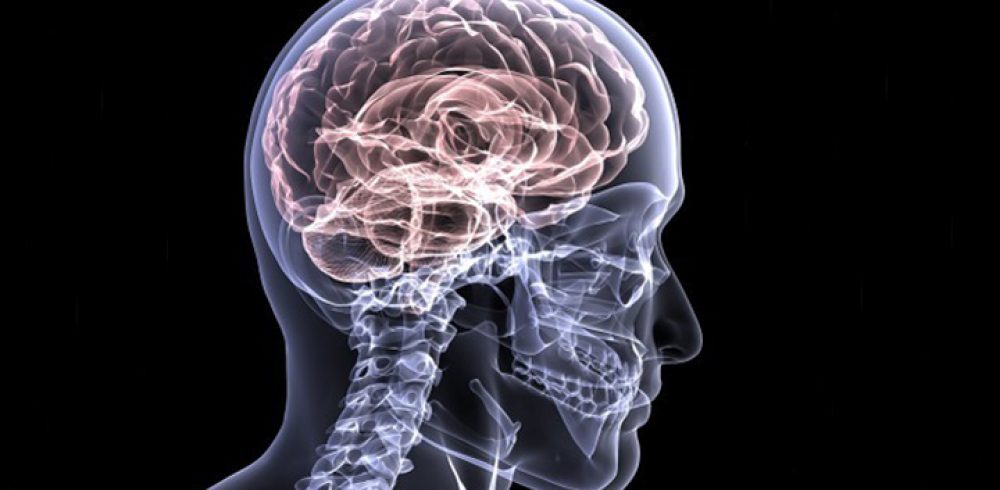A new gene therapy that could treat children with a rare but devastating brain disease has been discovered by University of Manchester scientists, who plan to take it to clinical trial in the near future.
US-based biotech Phoenix Nest Inc. have signed a licence deal with The University of Manchester, though its IP commercialisation company UMI3 Ltd, to take the treatment to the next stage, which will involve a clinical trial on patients with Sanfilippo disease type C.
Developed by Professor Brian Bigger’s laboratory in collaboration with Dr. Els Henckaerts’ laboratory at King’s College London, the technology has recently been published in the journal Brain. It involves the use of a specially modified virus called adeno-associated viral vector (AAV), which has been specifically altered to efficiently deliver the missing HGSNAT gene to the brain to treat the disease.
Working with an international group of scientists, the team was able to demonstrate complete behavioural and brain correction of Sanfilippo disease type C in mice. “Sanfilippo is an incredible challenge as you have to be able to treat so many cells in the brain for complete success. In this work, the combination of the true type vector with improved brain distribution and the method of delivery were both critical for success. We were really impressed that we were able to completely correct working memory and hyperactivity in the mouse model – traits shared by children with the disease,” explained Prof Brian Bigger, Professor of Cell and Gene Therapy at The University of Manchester.
Sanfilippo C disease affects children as early as 3 years of age, resulting in severe and rapidly progressive brain disease and neurological symptoms. There is currently no effective treatment option for Sanfilippo disease type C as the protein is transmembrane and cannot move between cells. This means that maximal vector distribution within the brain is critical for treatment success.
















